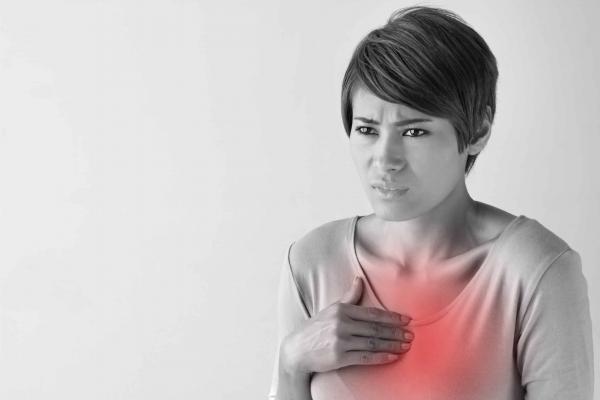
In the United States alone, heart disease kills 22 percent of women according to this report from the Centers for Disease Control. What's even scarier is that "almost two-thirds (64 percent) of women who die suddenly of coronary heart disease have no previous symptoms." That's scary. That's really scary.
This article only scratches the surface of a serious problem, but it'll tell you what heart disease is, what causes it and how to prevent it from turning you or a loved one into a statistic.
What is heart disease?
According to the National Heart, Lung, and Blood Institute, heart disease is a "disorder of the blood vessels of the heart that can lead to a heart attack". And unfortunately, we are all too familiar with what a heart attack is. Severe problems and even death can come when your artery becomes blocked and your heart doesn't get the necessary amount of oxygen and nutrients.
Risk Factors
There are a lot of reasons why a person develops heart disease, some of which you can control:
-
Your blood pressure
-
Your blood cholesterol
-
Not smoking
-
Watching your weight
-
Exercising
-
Eating a balanced diet
Some of the factors you can't control:
-
Age (55 or older for women)
-
Having a history of preeclampsia during pregnancy
-
Having a family history of early heart disease
Symptoms
One of the most frightening realities of heart disease is that many women don't realize these dangerous symptoms until it's too late. It's especially important then, to pay attention to what could be symptoms of heart disease, like pain in your chest, neck, jaw, throat or back. A fluttering heartbeat is also a sign, as is shortness of breath, fatigue and swelling (usually in your feet, ankles, legs and abdomen).
If you're experiencing any of these symptoms, talk to your doctor. But even if you don't show signs of heart disease, it's still important to consider the risk factors and take action.
Prevention
Like we talked about before, there are some things you can do to help reduce your risk. Some things include,
-
Keeping your blood pressure and cholesterol under control.
-
Maintaining your diabetes (if applicable).
-
Stop smoking.
-
Exercise and change your eating habits.
It's also important to know that if you're diagnosed with heart disease you will always have it - it's not something that goes away. You can do your part to help maintain your disease:
According to the NHLBI, "lifestyle changes and medicines can help control CHD [coronary heart disease]. Lifestyle changes include following a healthy diet, being physically active, maintaining a healthy weight, quitting smoking, and managing stress."
Additionally, some surgical operations can help reduce the risk of CHD complications.
The more you know
A disease that subtly kills one in five women is worth paying attention to. Talk to your family about any history of heart disease, talk to your doctor if you feel you're at risk and don't forget to share this information with your friends. It may save a life.

